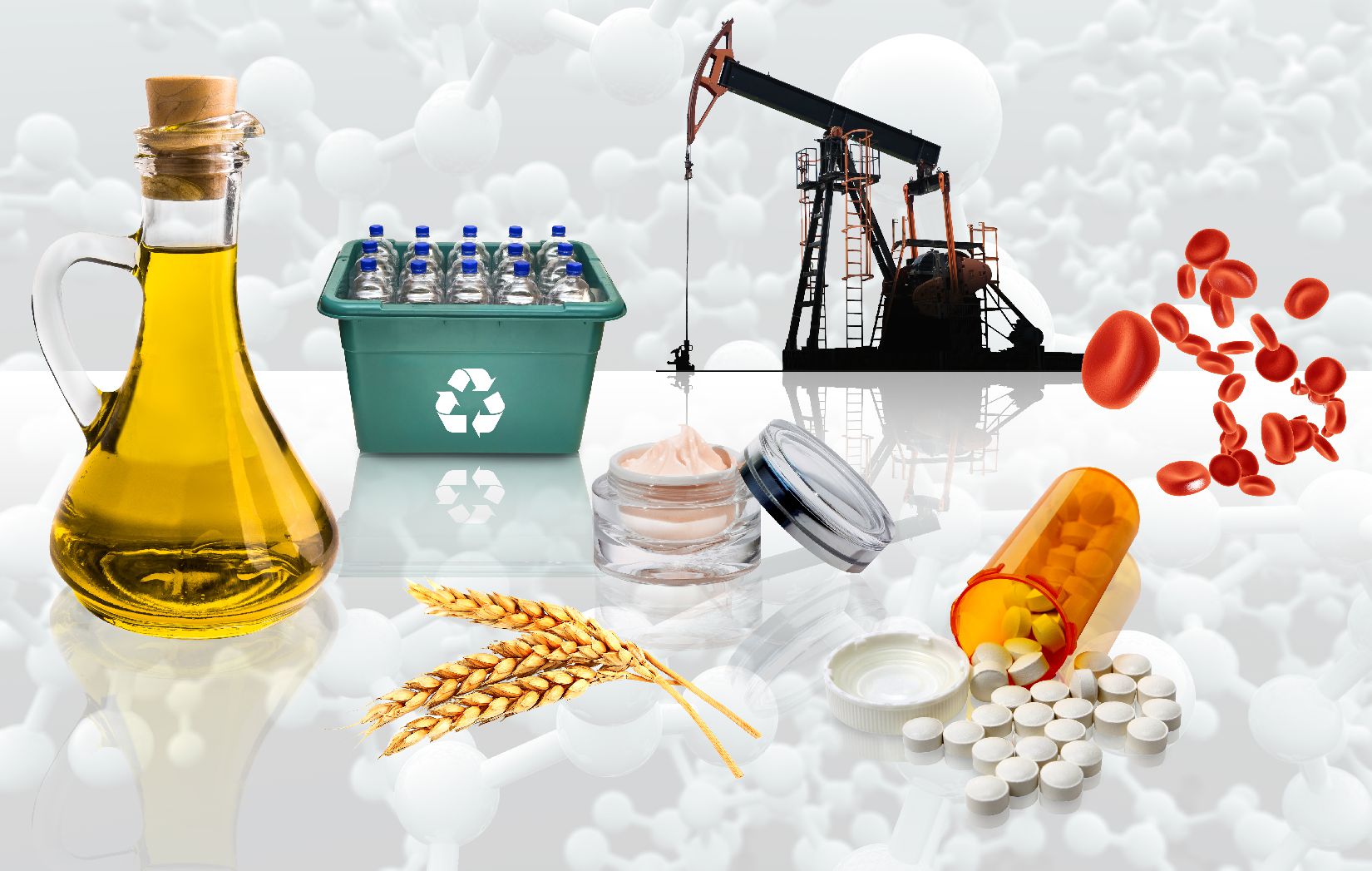SSZTCR6 may 2015 DLP2010NIR , DLP4500NIR
While they’ve existed for 60 years, few realize the importance of near-infrared (NIR) spectrometers for measuring energy reflected from or through various materials.
NIR spectrometers help an array of industries -- agriculture, forensics, pharmaceuticals, petroleum, healthcare, and many more -- determine the molecular “fingerprint” of a substance.
NIR spectrometer technology has seen great advances in the past six decades. While early devices were cumbersome and confined to laboratories, current NIR spectrometers leverage microprocessor control, precision A/D sampling and computerized spectrum calculation with statistical analysis for rapid results in a variety of locations.
Today, NIR spectrometers have four main uses:
- In the laboratory -- These are typically large, high-precision, general-purpose instruments. The computers processing spectral data can be internal or remotely located and connected via Ethernet or USB. They process enormous amounts of data and make comparisons to a distributed reference library in seconds.
- In the field -- Portable NIR spectrometers look similar to small laboratory units, which are moveable and usually run off an AC 110-V supply or a 12-V supply with inverter. Often they’re bigger than a lunchbox and can sit on the tailgate of a truck for use in the field or industrial settings, like a farm or mine.
- In the factory -- These specialized units monitor factory environments and are typically use specific. A factory install can contain multiple spectrometers on an assembly line linked via Ethernet or wirelessly to a main control facility.
- In your hand -- There is a big focus on making handheld spectrometers that are mobile and user friendly. Current examples can be battery operated and are about the size of a large hand drill. The benefit is that they are truly portable and run off a built-in power supply for remote use.
Today, the DLP products spectroscopy portfolio consists of two different chipsets that can be incorporated into modern NIR spectrometers. For ultra-mobile analysis, the DLP2010NIR digital micromirror device (DMD) supports programmable high-speed pattern rates up to 1,500 Hz for real-time measurements. This chip is the industry’s first fully programmable micro-electro mechanical systems (MEMS) optimized for wavelength ranges of 700 – 2500 nm. When paired with Bluetooth® and Bluetooth low energy-enabled DLP NIRscan™ Nano evaluation module (EVM), designers can easily prototype portable analyzers to accelerate the development of embedded ultra-mobile spectrometers.
For High-performance Systems, the DLP4500NIR DMD, featuring over one million micromirrors, supports programmable high-speed pattern rates up to 4,225 Hz and is also optimized for wavelengths ranging from 700-2500 nm. The corresponding DLP NIRscan EVM enables a 30,000:1 signal-to-noise ratio for less than one second measurements, allowing for fast and accurate material analysis.
Ongoing advances in the field are enabling smaller, cost-efficient devices that could ultimately make the technology viable for consumers. Imagine a smartphone with a built in NIR spectrometer to evaluate foods for ripeness, detect food allergens, confirm purity of expensive olive oils, assist in medical monitoring or check automotive fluids. TI believes there’s a bright future in NIR spectroscopy. .
Additional Resources
- Check out the TI E2E™ Community DLP Products & MEMS forum to search for solutions, get help, share knowledge and solve problems with fellow engineers and TI experts.
- Learn more about TI’s innovative sensing solutions.
- Visit the DLP Design House Network.
- Visit the Getting Started page to begin working with DLP technology.
- Learn more about how TI is enabling the future of farming in this video.
